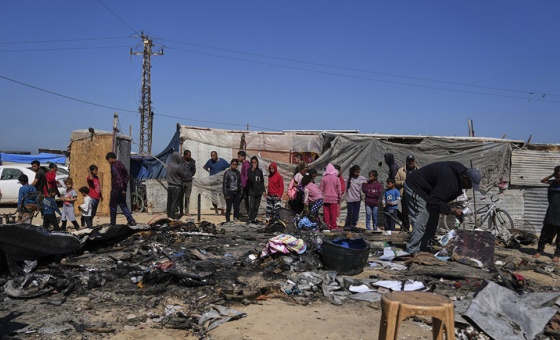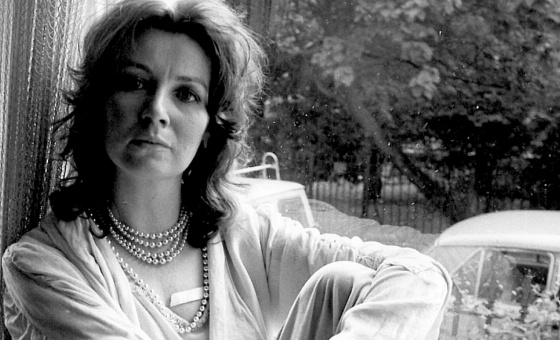This is the last article you can read this month
You can read more article this month
You can read more articles this month
Sorry your limit is up for this month
Reset on:
Please help support the Morning Star by subscribing here
Boo-Bah: Mary Barnes
Nunnery Gallery, London E3
SOME 50 years ago psychotherapist Joseph Berke helped Mary Barnes, a nurse diagnosed with schizophrenia, to recover from her illness.
She went on to become a notable artist, writer and mystic and was the subject of a highly acclaimed play by David Edgar.
To mark the anniversary of what Berke described as more than “a doctor-patient” relationship, the Nunnery Gallery is showcasing her work in this exhibition.
Boo-Bah is the name given to a metre-long love letter dedicated to Berke who has provided the work on show. They date from 1965 when Barnes became a resident at Kingsley Hall in east London, a therapeutic community run by the radically experimental psychiatrist and “new-left” thinker RD Laing.
During her stay, Barnes was allowed to regress to a point where she was fed with a baby’s bottle. Barnes originally preferred her own excreta as her selected medium and her body and bedroom walls were often her canvas. It was Berke who first provided her with crayons and then oils to develop her artistic skill and their relationship eventually blossomed beyond that of therapist and patient to artist and muse.
Barnes’s art came from what she described to be an “immediacy to pour herself out.” Most of what is on show is scrawled on the odd piece of paper, often the back of wallpaper, and she famously painted with her fingers. Her stories and poems seem rushed, scribbled carelessly and with no regard for legibility.
Yet none of these techniques are signature quirks or premeditated motifs but rather a palliative Barnes adopted in order to untwist her severe psychological distress.
It’s an exhibition which highlights the merits of art therapy. Barnes found through her creations an ability to unburden her emotional distress and her new form of expression went beyond mere personal benefit — she spent her later years lecturing on mental health issues.
The vivid images which flowed from Barnes’s fingertips created bold compositions with rich colour but dark messages. Yet there’s a sinister energy in the artworks, most notably the sense of desperateness in Barnes’s oil paintings. And there is repetitive religious imagery, perhaps related to her Christian mysticism, which suggest a fascination not yet put to rest.
Barnes described her work as “all [her] insides loose” and one wonders if the paintings of volcanic eruptions are an emotional explosion or whether the bony, thorny branches of her tree are the negative thoughts that crept up on her.
There are multiple narratives in this striking exhibition of her artistic career and her relationship with Berke but it also marks a significant chapter in local history — Kingsley Hall is only a five-minute walk from the gallery.
Runs until March 29, opening times: www.bowarts.org/nunnery





